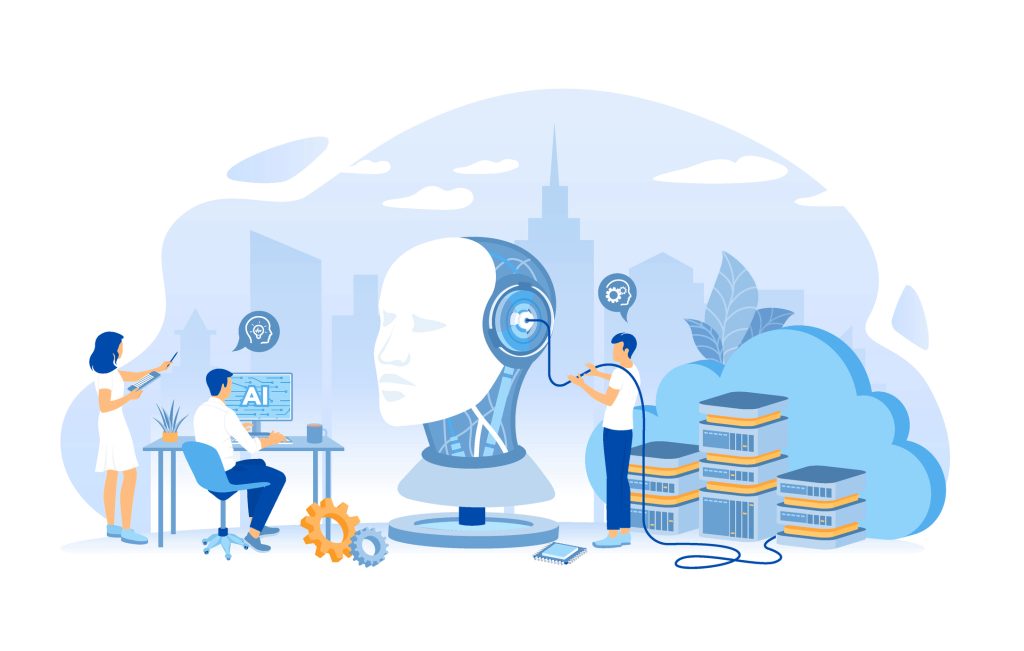“English can be weird. It can be understood through tough thorough thought, though.” ― Anonymous
Only 26 letters create the 44 sounds in the English language. The 24 consonant sounds reasonably correlate to the 21 consonants in the alphabet, while the 20 vowel sounds seem near impossible to create, considering there are only 5 vowels in the alphabet. Therefore, reading this weird language becomes difficult to decode.
I consider myself lucky to have co-taught with a reading specialist, Beth, in a Montessori lower elementary classroom (grades 1-3) for five years. I learned so much from her guidance and by watching her engage with our students, that when I taught remedial readers in a Montessori upper elementary classroom (grades 4-6), I felt well prepared. Beth taught me not to think of my students (nor to let them think of themselves) as remedial readers; instead, they were remedial decoders, that just needed to learn to break the code.
Although I have oversimplified the Science of Reading, the importance of breaking words down into phonemes for our students cannot be overstated.
My students met with tremendous success by looking at words through a linguistic lens. Deconstructing words gave my students power and control over words on the written page. I used a multi-sensory approach with the aim to reach their different learning styles. Activities varied, from drawing words to playing phonics games to creating their own nonsense words to add to the week’s spelling list.
This last activity was inspired by George Bernard Shaw who proposed spelling ‘fish’ as ‘ghoti,’ with ‘gh’ pronounced ‘o’ as in women, and ‘ti’ as in ‘nation.’ I think it helped my students to see that even a published author recognized the absurdity of the English language.
As a history buff, I would also share the many invasions of the British Isles, which lead to the complexity of the English language, for I’m a true believer in knowledge begets understanding.
However, I did not teach patterns of our language in isolation. “In fact, the old saw – that students learn to read and then read to learn – doesn’t get it right. Students can and should do both at the same time if we want them to be motivated to read and to enjoy reading” (Thompson) Reading requires the decoding of words PLUS the access of meaning.
Lewis Carroll’s “Jabberwocky” demonstrates the importance of both. The poem is about a boy who (spoiler alert) kills the Jabberwocky. Filled with nonsense words, a reader must decode each word, breaking it down by phonemes in order to hear the words in their head or to read them out loud; then the reader must give meaning to each word by using the context of the lines as well as incorporating their previous knowledge.
It is in the combining of instructional practices and resources that makes the synapsis in the brain function at their height in order to read without a struggle.
Amazingly, when the brain reads, it combines a tremendous amount of information in just milliseconds. It captures the shape of each letter to create phonemes that generate words that form sentences, requiring the brain to then process the syntax and tense, ultimately recalling prior learning to make meaning from the text. (By the way, examining Yoda’s sentence structure is a great way to introduce syntax.)
Barbara Davidson, executive director of the Knowledge Matters Campaign promotes “The idea that students can, and should, learn about the world and the vocabulary used to describe it while they are learning to read… Evidence from neuroscience and cognitive psychology has made clear its importance to how we make meaning of texts.” That meaning is built upon deep content knowledge provided by the teacher and the students’ own experiential learning.
To instill the love of reading in students, a personal connection must be made; students need to relate to what they are reading. When teachers “make learning meaningful, personal, and culturally congruent, students prosper” (Pimentel and Liben). Teachers know that adding high-quality authentic content to the curriculum improves student engagement. Articles from titles like National Geographic Kids, Fun for Kids Magazine, and News for Kids.net present content to students that keeps them reading, challenging them to read at higher and higher levels. By including supplemental texts from children’s book publishers like ABDO and Rosen, students challenge themselves to read more challenging texts because they want to and not because an adult wants them to. A research-based, knowledge-rich curriculum forms the basis of ELA teaching and learning.
Timely, diverse, personalized, and relevant content captivates students, prompting them to want to understand language, both how to say the words as well as what the words mean. Just because you give someone a hammer, saw, nails, and wood, doesn’t mean that that person wants to build a birdhouse. It’s important that students are given options that they can relate to.
So, as students give tough, thorough, thought to the assembling of this weird language, teachers must subject students to subjects that make them content with the content.
To learn about how CCC can provide copyright permission to use high quality, contemporary texts in your classroom or curriculum visit copyright.com/curriculum.
Sources
Pimentel, Sue, and Meredith Liben. “Reading as Liberation—An Examination of the Research Base How Equity, Acceleration, and Personalization Improve Student Learning.” Student Achievement Partners, Feb. 2021.
Thompson, Jeri, et al. “Jeri Thompson.” Center for Assessment, Center for Assessment, 9 Nov. 2022, https://www.nciea.org/blog/author/jeri-thompson/.
To see more of the latest content we’ve gathered relevant to both the K-12 and higher education spaces, including featured videos, case studies, and articles, please visit the CCC Academic Community Center.





